
Spring Prep for Veggie Gardens at Home
Last Updated: Apr 13, 2025How and when to grow can give a lot of people anxiety and can stop them before they start! Below we look at the right time to start preparing your garden as well as some ground preparation strategies and three fool-proof vegetables for the beginner gardener.
Table of Contents
- When Can I Start My Garden?
- How Do I Prepare the Ground for a Garden?
- How Do I Ward Off Grass and Weeds?
- Which Vegetables Are the Easiest to Grow?

When Can I Start My Garden?
The question of when to start a garden isn't as cut and dry as some may imagine. We live in an ever-changing world, with each year bringing new challenges to even the most experienced growers. The climate crisis has made this slightly more variable, changing somewhat from year to year. So what do you consider when planting a garden?
To begin, the best way to know when to start a garden is to look at your frost dates. Knowing the approximate week helps guide your decision-making process because it informs you when to begin sprouting your seeds indoors. Following sprouting times is essential, as it guarantees the plants are mature and ready to grow the day you plant them outside. This information can save you time and extend your growing season.
Now, the calculation the last spring frost isn't a perfect prediction as it's dependant on the previous years' trends. When deciding to plant, take time every day to glance over the weather and know if there is a chance of frost overnight. The last thing you want is weeks of preparation only to have the frost kill your plants the first night.
Also, be sure to remember that frost dates are not only dependant on a set date, but also location. Your latitude and altitude affect the growing season, including both first and last frost. To use Rise's Headquarters in Fredericton, New Brunswick, as an example, the last frost is expected for May 22nd with our elevation at 127 ft. Even with this information, I know from experience that freezes can go well into the first and second weeks of June.
My home town of Los Banos, California, on the other hand, has the last frost anticipated for February 8th at an elevation of 121 ft. But that doesn't mean everywhere in the southwest shares a similar grow time. Yosemite, in California, experiences its last frost on June 1st at 5000+ feet elevation. As you can see, there's no "one size fits all" solution to planting dates, but understanding the where and when gives you a baseline to start with.
With the knowledge of your first and last frost (your season length), you're ready to start researching which plants will do best in your climate and seasonal limitations. Understanding the period of your growing season guides you on what to plant.

How Do I Prepare the Ground for a Garden?
To begin, you need to ask yourself what your intended garden style is. Will you be doing a square foot garden and utilizing every inch of your space efficiently? Or are you at the beginning stages of a polyculture food forest? Each method requires different levels of preparation. If you have a specific growing style that you would like to begin with, refer to those instructions. If you're trying something unique to you, I can offer some things to take into consideration.
How Big Should My Garden Be?
Mel Bartholomew's book, All New Square Foot Gardening figures that approximately 48 square feet are enough space per person to produce a worthwhile garden. The food produced in this space is enough for daily meals in the growing season and extra for preserving or sharing with friends and family. Using that as a metric, let's assume you're starting small for your household and covering 50 square feet of your backyard into growing space.

How Do I Ward Off Grass and Weeds?
You're going to want to ensure your lawn isn't going to be a problem if you're growing directly in the ground. A natural remedy for grass and weeds is sheet mulching. Toby Hemenway has an excellent sheet mulching method to consider before you take time and energy trying to pull up the yard. And all that compost you have been aging over winter may be ready to add to your new garden.
How Do I Know That My Garden Has The Right Nutrients?
Having adequate nutrients for your plants is essential, as they like to eat too. If you have the time, you can research performing soil tests and learning where your soil is deficient. In Steve Solomon's book, The Intelligent Gardener, he recommends having a Mehlich-3 soil test done to determine your total soil nutrient spectrum.
This test would give you an idea of how to improve your soil further for the most nutrient-dense food. But if you don't have time for that, watch your plants closely as they will often tell us what is wrong through leaf changes.
The primary nutrients you're going to be concerned with are Nitrogen (N), Phosphorous (P), and Potassium (K). These are the three big letters you see on nutrient bottles at your local garden supply. Equally important, and often overlooked, is the balance between Calcium (Ca) and Magnesium (Mg). Calcium helps grow hearty plants and, as I later mention in the tomato section, is essential for the development of healthy fruits and vegetables. Magnesium, on the other hand, has a role in the photosynthesis side of things.
Determining the soil pH is also a contributor to a healthy garden. The majority of fruits and vegetables we enjoy today prefer a soil pH between 6 and 7. There are, of course, outliers like blueberries, which prefer slightly acidic soil (pH between 4 and 5). To do this, find a simple soil pH test kit at your local garden store.
How Do I Know My Soil Type?
Finally, look at your soil texture. You can complete a quick soil test by digging a one-square-foot hole where you plan to place your garden. Collect dirt from this hole for a soil jar test, being sure to avoid rocks, roots, and dense organic material. Concerning the above soil jar link, be sure to add a drop or two of soap to your mixture. I have found that the soap helps the fine clay particles separate faster from the water at the end. Once the soil has settled, you can use the USDA soil texture calculator to input your results and determine your soil type. Your ultimate aim is for loamy soil. If necessary, you can make adjustments based on your findings.

Which Vegetables Are the Easiest to Grow?
A question that people ask me often is which vegetables are the easiest to grow. The ease of growing plants is dependant on various factors. Still, ultimately, I like to remind people that no plant is hard to produce with adequate research. To begin, consider the following:
- Plants native to your region are a great start. Local varieties are climatized to your area and can stand seasonal fluctuations.
- See what plants grow best in your hardiness zone. These plants may not be native, but they are similar in growing conditions.
- Consider how you will be growing your garden. Will you be placing it into a square-foot garden, or will you attempt a keyhole garden for the first time? Maybe your space is limited to potted containers on your deck, which is more than doable but carries with it some limitations.
With that aside, what plants will give you the least trouble for their output? I have chosen three plant varieties to consider.

Tomatoes
The tomato plant is a versatile, vigorous grower that enjoys full sun and has been maintained for hundreds of years, resulting in too many varieties to name. The range of tomatoes varies from large Beefsteak that makes for great toppers on burgers to the Sweet Millions that give you snackable treats all summer. These plants are heat lovers, so be sure to keep them protected until after the last frost.
Gardening & Outdoor
Shop the best high-performing gardening and outdoor products that impact your health, wealth, and the planet through their use.
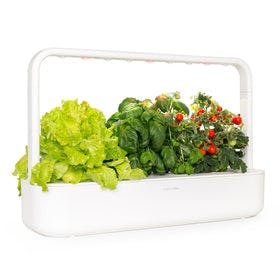
Click & Grow Smart Garden 9
Click & Grow
In Stock
3 Colors
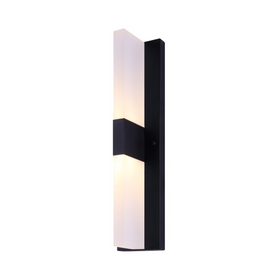
Canarm CORIN LED Black Outdoor Light
Canarm
Out of Stock
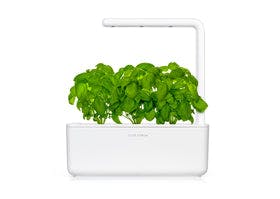
Click & Grow Smart Garden 3
Click & Grow
In Stock
3 Colors
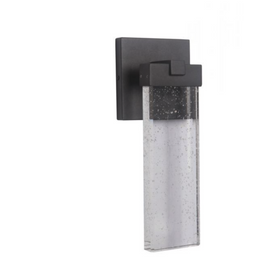
Craftmade Aria Outdoor LED Wall Mount Light
Craftmade
In Stock
2 Colors
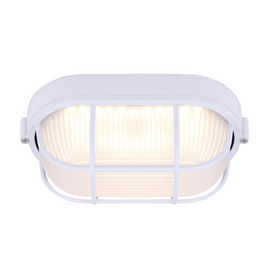
Canarm LOL386WH White LED Outdoor Sconce
Canarm
In Stock
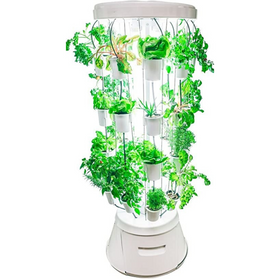
Nutritower Vertical Hydroponic Indoor Garden
Nutritower
Out of Stock
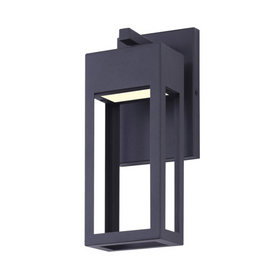
Canarm FAE LED Black Outdoor Light
Canarm
In Stock
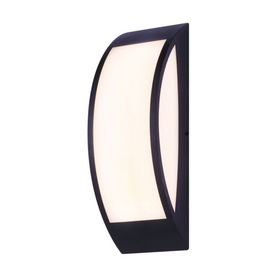
Canarm BARDO LED Black Outdoor Light
Canarm
In Stock
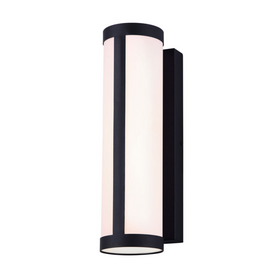
Canarm SINDRI LED Black Outdoor Light
Canarm
In Stock
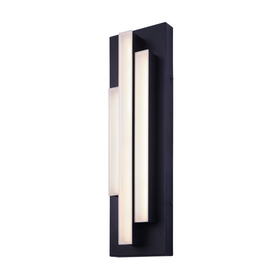
Canarm LOKI LED Black Outdoor Light
Canarm
In Stock

When choosing your tomato variety, pay attention to the growing time. Some tomatoes, like various heirloom varieties, require longer seasons to produce their delicious fruit. I always recommend heirlooms varieties, which often have a richer flavor. Heirloom vegetables are species that have been grown over many generations through classic breeding techniques. This type of breeding builds natural hardiness in the climate zone they are grown in.
With tomatoes, I can tell you that individual plants may need more attention. Recent experimentation with different varieties has taught me that some are calcium hogs. If growing in a container garden, be sure to watch for unsightly blossom rot at the bottom of your tomatoes. The bottom of your fruit beginning to rot may be a sign that they need more regular top-ups of water-soluble calcium.

Lettuce
Lettuce is another great plant that does well for beginner gardeners. This cold season crop does well in spring and fall. Unless you have a variety bred to survive the warmth of summer, expect your plant to begin to bolt - go to flower and seed - as you reach the heat of summer.
There are numerous varieties of lettuce and other salad greens to consider for your home garden.
Two of my favorites are the Buttercrunch and Red Annapolis, which have a delicious flavor and crunch. Aside from taste, you can choose lettuce varieties that produce a head of lettuce or cut-and-come-again varieties. Both have their benefits, though I tend to enjoy going out and harvesting small amounts of lettuce daily instead of waiting for the heads to be ready for harvest.

Beets
Beets are an excellent dual-purpose crop. They produce a tasty root, and the leaves atop the plant make a great addition to your other salad greens. This cool-season crop is great for beginners because it is relatively easy to grow and can weather frost and near freezing.
According to Carleen Madigan's book, The Backyard Homestead, beets taste best when harvested at around the size of a golf ball. The larger the beet grows, the more likely it is going to develop a woody texture. Like lettuce, some beet varieties will bolt in the summer months.
Beets grow best in well-tended soil. For a nice shaped beetroot, it's essential to have the plot free of stones to ensure there are no obstructions to growth. The obstacles won't damage the crop, but you may have a misshapen beet at the end.

When choosing vegetables, though, the best thing you can do is determine what you will enjoy eating. How much preparation you put into the land (and the plants) is only half the battle.
If you're not a fan of the food you're producing, then you won't eat it, risking the chance of it going to waste. Unlike large farms, you can afford to pick and choose different varieties of plants and experiment with your favorites in the comfort of your backyard. Trust your tastebuds and take it from there.
Tanner Sagouspe
Tanner Sagouspe has a Masters in Environmental Management and is a Permaculture Designer who promotes tackling the climate crisis at home.
